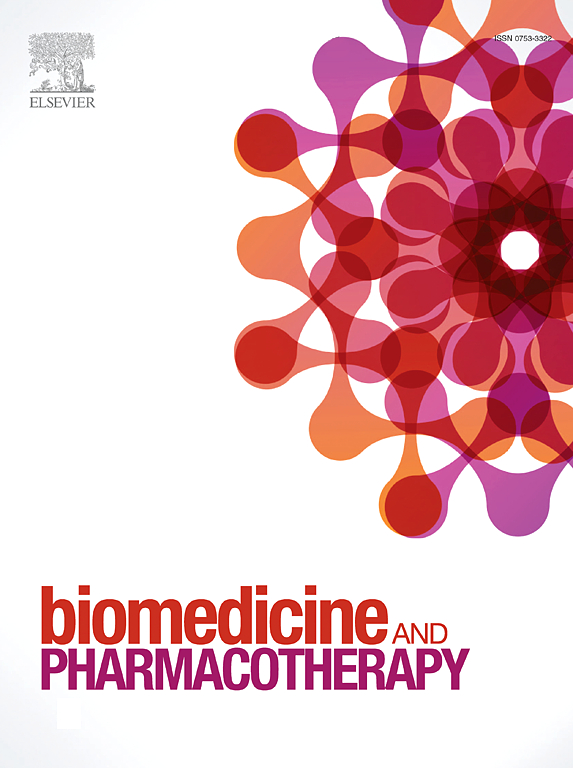控制造血细胞日节律的复杂机制既依赖基因,也不依赖基因。
IF 6.9
2区 医学
Q1 MEDICINE, RESEARCH & EXPERIMENTAL
引用次数: 0
摘要
所有造血成分的丰度和行为显示每日振荡,支持生物钟机制的参与。免疫细胞功能的日常变化,如血液和组织之间的运输、分化、增殖和效应能力,是由复杂的内在(基于细胞)和外在(神经激素,基于生物体)机制调节的。在有核免疫细胞中,由一组保守基因(时钟基因)驱动的转录/翻译分子机制的作用越来越被认识和理解,而非转录机制的存在几乎完全未被探索。对无核造血成分(如红细胞和血小板)的研究表明,在哺乳动物中,自维持氧化还原反应循环持续存在并起作用。这开启了转录和非转录昼夜机制在有核免疫细胞群中共存的可能性,可能相互补充。越来越清楚的是,在中枢水平(核心时钟)破坏昼夜节律与大量与适应性不良免疫反应相关的疾病密切相关。另一方面,一些证据表明免疫活动失调(如过度炎症)可能改变/破坏外周时钟的正常功能。这些知识为在临床实践中利用时间生物学概念铺平了道路。更好地理解维持免疫系统活动节律性的各种转录/翻译和生化机制,以及可以改变或破坏这些过程的许多因素(宿主来源,微生物来源,环境),将有助于开发新的时间免疫治疗方法。本文章由计算机程序翻译,如有差异,请以英文原文为准。
Complex gene-dependent and-independent mechanisms control daily rhythms of hematopoietic cells
The abundance and behaviour of all hematopoietic components display daily oscillations, supporting the involvement of circadian clock mechanisms. The daily variations of immune cell functions, such as trafficking between blood and tissues, differentiation, proliferation, and effector capabilities are regulated by complex intrinsic (cell-based) and extrinsic (neuro-hormonal, organism-based) mechanisms. While the role of the transcriptional/translational molecular machinery, driven by a set of well-conserved genes (Clock genes), in nucleated immune cells is increasingly recognized and understood, the presence of non-transcriptional mechanisms remains almost entirely unexplored. Studies on anucleate hematopoietic components, such as red blood cells and platelets, have shown that auto-sustained redox reaction cycles persist and operate in mammals. This opens to the possibility that transcriptional and non-transcriptional circadian mechanisms might coexist in nucleated immune cell populations, potentially complementing each other.
It is becoming increasingly clear that disruption of the circadian rhythm at the central level (core clock) is strongly implicated in a plethora of diseases that are associated with maladaptive immune responses. On the other hand, several evidence imply that dysregulated immune activity (e.g. excessive inflammation) may alter/disrupt the proper functioning of peripheral clocks. This knowledge paves the way to the exploitation of chronobiological concepts in clinical practice. A better comprehension of various transcriptional/translational and biochemical mechanisms that maintain rhythmicity in immune system activities, as well as the many factors (host-derived, microbiota-derived, environment) that can alter or disrupt these processes, will facilitate the development of novel chrono-immunotherapeutic approaches.
求助全文
通过发布文献求助,成功后即可免费获取论文全文。
去求助
来源期刊
CiteScore
11.90
自引率
2.70%
发文量
1621
审稿时长
48 days
期刊介绍:
Biomedicine & Pharmacotherapy stands as a multidisciplinary journal, presenting a spectrum of original research reports, reviews, and communications in the realms of clinical and basic medicine, as well as pharmacology. The journal spans various fields, including Cancer, Nutriceutics, Neurodegenerative, Cardiac, and Infectious Diseases.

 求助内容:
求助内容: 应助结果提醒方式:
应助结果提醒方式:


